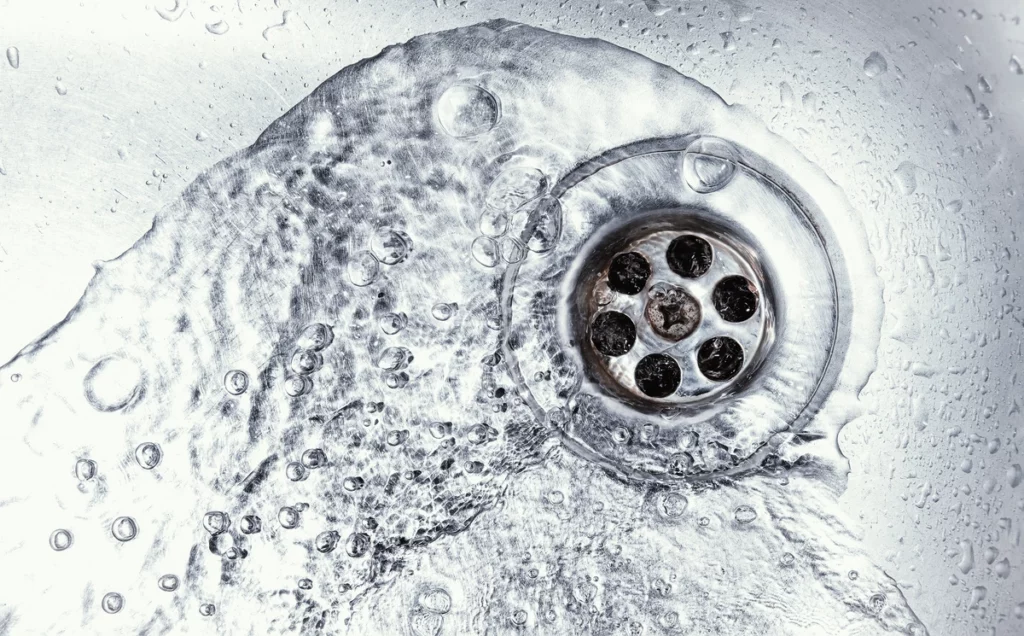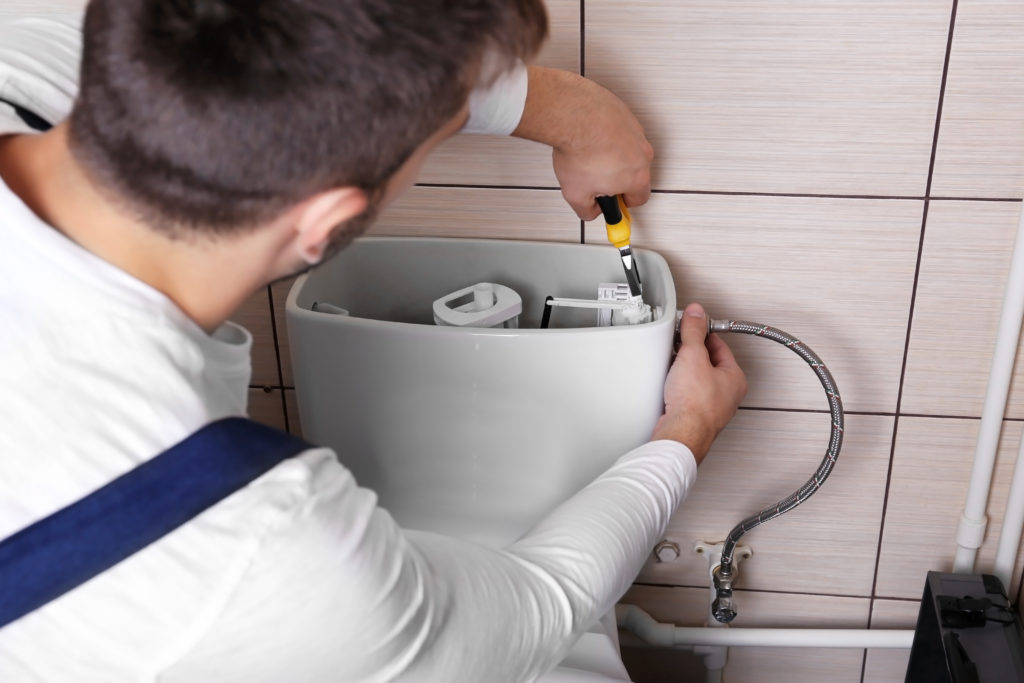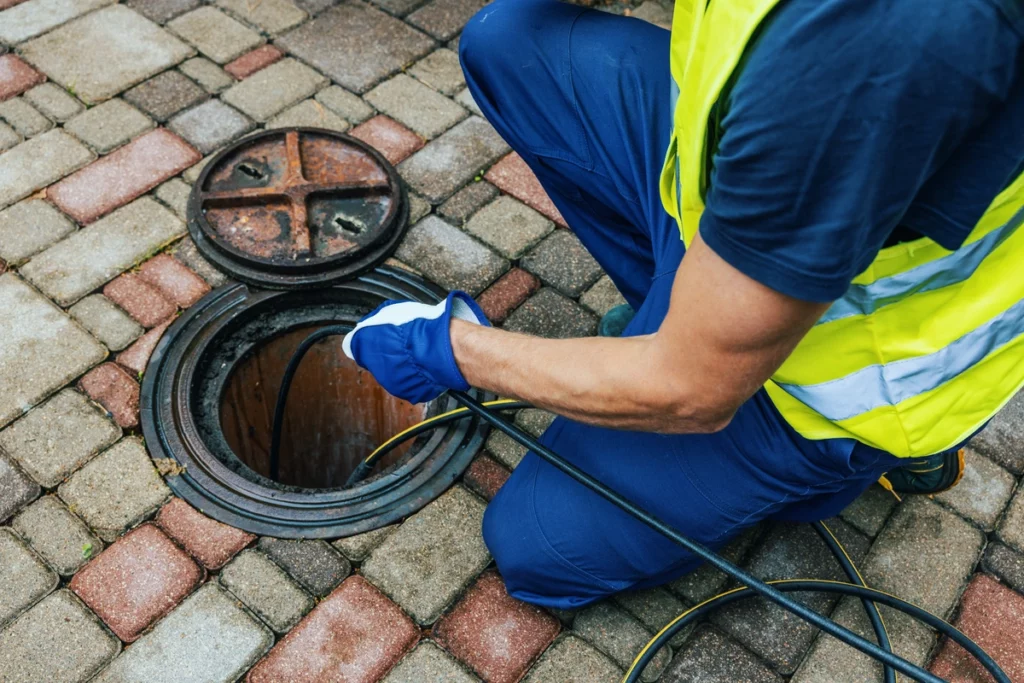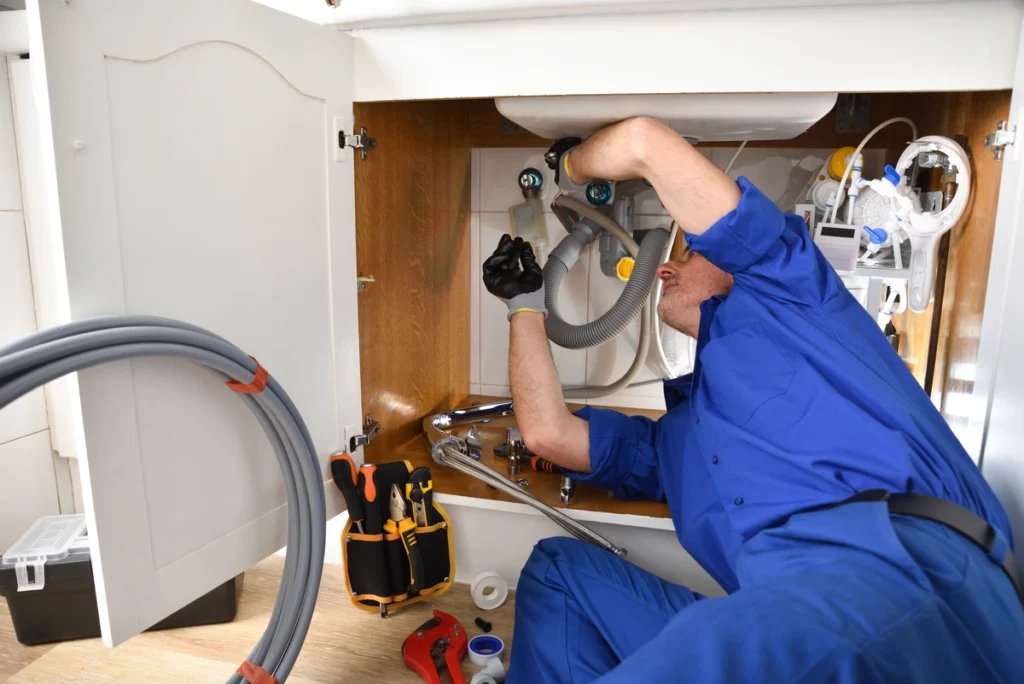Sink drains can be real troublemakers, and if you’ve ever experienced a slow or clogged drain, you know the frustration it brings. But fear not, for in this DIY guide, we’ll explore the six best ways to clean a sink drain, so you can bid farewell to those pesky clogs and enjoy a smoothly flowing sink once again!
Inside this blog:
- The common culprits of clogged drains
- The top 6 drain-cleaning methods for homeowners
- 4 preventive measures for clogged sink drains
Eager to avoid clogged drains in your home? Start reading to find out the best 6 ways you can clean out clogged drains and enjoy stress-free living!
The Dreaded Sink Drain Clog
Before we dive into the cleaning methods, let’s understand what causes sink drain clogs:
1. Food Residue
In the kitchen, food particles can accumulate and lead to blockages, especially in the garbage disposal.
2. Hair and Soap Scum
Bathrooms are notorious for hair and soap scum buildup, which can hinder water flow.
3. Mineral Deposits
Over time, minerals in hard water can create stubborn deposits that impede drainage.
Now, let’s get to the cleaning solutions!
Basic Drain Cleaning Tools 🧰
Before attempting any of the methods, gather some essential tools:
1. Plunger
A plunger can be incredibly effective for dislodging clogs, especially in toilets and sink drains.
2. Plumbing Snake or Drain Auger
A plumbing snake or drain auger is excellent for reaching deeper clogs and breaking them apart.
3. Bucket and Old Towels
Be prepared for water spillage by having a bucket and old towels on hand.
4. Rubber Gloves
Protect your hands from dirty water and potential bacteria with rubber gloves.
The 6 Best Drain Cleaning Methods
Now, let’s explore the 6 best ways to clean a sink drain:
1. Boiling Water 💧

Pros: Quick and easy, requires no additional chemicals.
Cons: May not work on tough clogs.
Steps:
- Boil a kettle or pot of water.
- Pour the boiling water directly into the drain.
- Repeat if necessary.
2. Baking Soda and Vinegar 🥄
Pros: Chemical-free, eco-friendly, and effective for mild clogs.
Cons: May not work on severe blockages.
Steps:
- Pour 1/2 cup of baking soda into the drain.
- Follow with 1/2 cup of vinegar.
- Cover the drain and let it sit for 10-15 minutes.
- Rinse with hot water.
3. Plunger Power 🚰
Pros: Effective for minor clogs and widely available.
Cons: May not work for severe blockages.
Steps:
- Fill the sink with enough water to cover the plunger’s cup.
- Place the plunger over the drain and push down firmly.
- Pull up sharply to create suction.
- Repeat several times until the water drains freely.
4. Plumbing Snake or Drain Auger 🐍

Pros: Ideal for stubborn clogs deep within the drain.
Cons: Requires a bit more skill and effort.
Steps:
- Insert the snake or auger into the drain until you feel resistance.
- Turn the handle clockwise to break up the clog.
- Pull out the snake, along with the dislodged material.
5. Commercial Drain Cleaners 🧪
Pros: Powerful and effective for tough clogs.
Cons: Can be harsh on pipes and harmful to the environment.
Steps:
- Follow the manufacturer’s instructions on the drain cleaner product.
- Typically, you’ll pour the cleaner into the drain, wait for a specified time, and flush with water.
6. Remove and Clean the Trap 🪣
Pros: Extremely effective for clogs located in the trap.
Cons: Requires some plumbing skills.
Steps:
- Place a bucket under the trap to catch any water or debris.
- Loosen and remove the trap using a wrench or pliers.
- Clean the trap thoroughly, removing any gunk or debris.
- Reattach the trap and tighten it securely.
4 Preventive Measures 🚧
Prevention is the best remedy for drain clogs. Here are some tips to keep every bathroom sink drain and kitchen sink drain flowing smoothly:
1. Use Drain Strainers
Install strainers in sinks and tubs to catch debris before it enters the drain.
2. Regularly Clean Drains
Implement monthly or bi-monthly drain cleaning routines using vinegar and baking soda to prevent buildup.
3. Avoid Pouring Grease Down the Drain
Dispose of cooking oil and grease in the trash, not down the sink.
4. Hair Catchers in the Shower
In the bathroom, use hair catchers in the shower to prevent hair clogs.
When to Call a Professional 📞
If you’ve tried these methods and your sink drain is still clogged, or if you suspect a more severe plumbing issue, it’s time to call in a professional plumber. They have the expertise and tools to handle complex clogs and diagnose any underlying problems.
Live Stress-Free With a Clean Sink Drain
With these six effective methods for “how to clean sink drain”, you’re well-equipped to tackle common clogs and maintain a smoothly flowing sink. Remember to use preventive measures regularly to reduce the likelihood of future blockages, and when in doubt, don’t hesitate to call a professional plumber to ensure your plumbing is in tip-top shape. A clog-free sink is just a DIY away!
Contact our plumbing experts at AJ Alberts today and experience top-notch work from reliable plumbers. Let’s make the water in your home safer, cleaner, and tastier!







